The Siloam Inscription, discovered by Conrad Schick in the City of David, directly links to a moment in ancient history when water flowed, people thrived, and monumental achievements were recorded. Join us as we delve into the significance of the Siloam Inscription and its role in unlocking the stories of Jerusalem’s past.
Conrad Schick
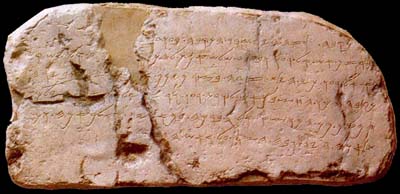
Credit: Tamar Hayardeni from Hebrew Wikipedia, CC BY-SA 3.0, via Wikimedia Commons
Siloam Inscription – Unearthing the Inscription:
The Siloam Inscription was discovered in the late 19th century during the excavation of Hezekiah’s Tunnel—a remarkable water channel connecting the Gihon Spring to the Pool of Siloam. Carved onto a rock face within the tunnel, this inscription serves as both a marker of the tunnel’s creation and a testament to the individuals who built it.
Hezekiah's Tunnel
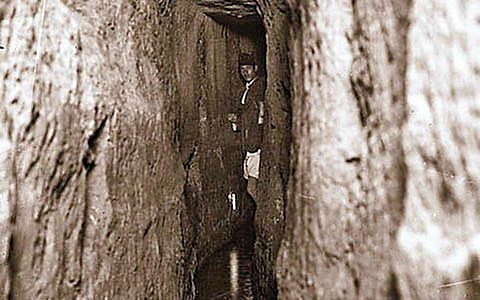
Credit: Tamar Hayardeni from Hebrew Wikipedia, CC BY-SA 3.0, via Wikimedia Commons
King Hezekiah’s Triumph:
The inscription commemorates the momentous feat achieved during the reign of King Hezekiah—a ruler known for his strategic prowess. It tells how workers from opposite ends of the tunnel, excavating toward each other, met at a specific point. This convergence marked the successful completion of the tunnel, a monumental achievement in ancient engineering.
Siloam Inscription Some Historical Context:
Dating back to the 8th century BCE, the Siloam Inscription provides invaluable insight into the life of ancient Jerusalem. It is evidence of the city’s sophisticated water system, the dedication of its inhabitants, and the importance of securing a reliable water supply within the fortified walls.
City of David
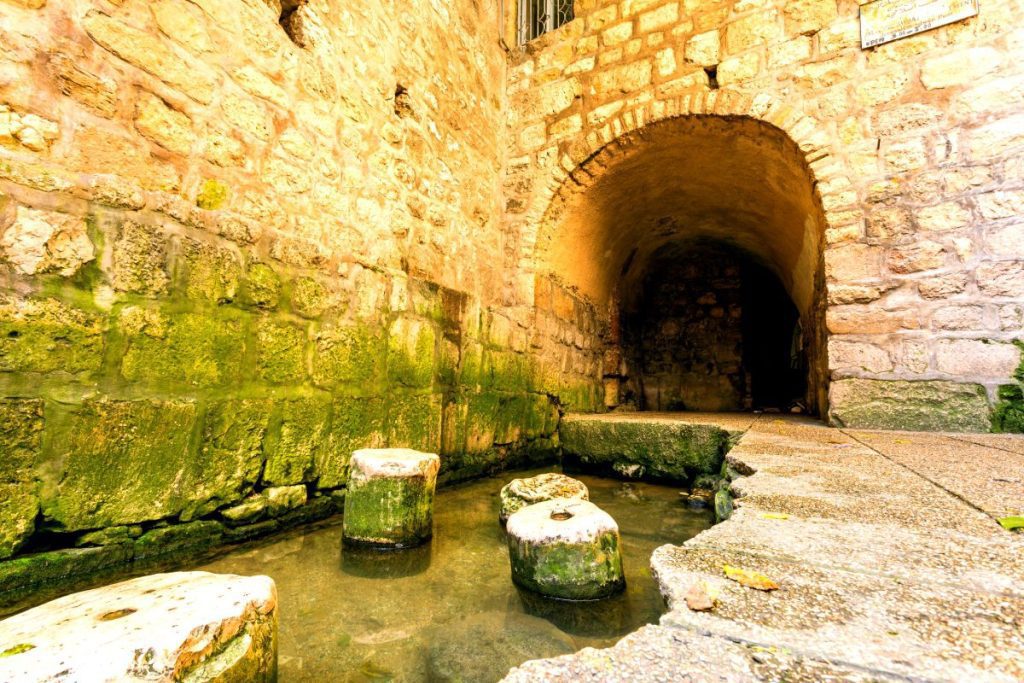
A Message in Stone:
The inscription is a brief yet powerful message of victory and unity. Having toiled to create the tunnel, the workers celebrated their successful meeting with a message that has endured through the ages. The inscription captures a fleeting moment of triumph, forever etching it into history.
Jerusalem Archaeological Tour
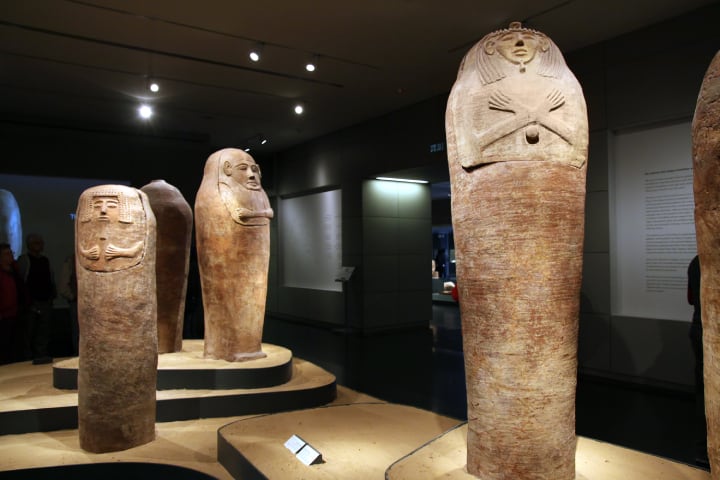
Bridging the Gap:
Beyond its immediate purpose, the Siloam Inscription bridges the gap between the past and the present. It’s a tangible connection to the individuals who shaped Jerusalem’s destiny, a testament to their aspirations, challenges, and achievements.
A Shared Human Experience:
Furthermore, the Siloam Inscription reminds us that the challenges faced by ancient civilizations—such as securing water sources—resonate with human experiences across time. In an ever-changing world, the inscription reminds us of our shared history and the lessons it holds.
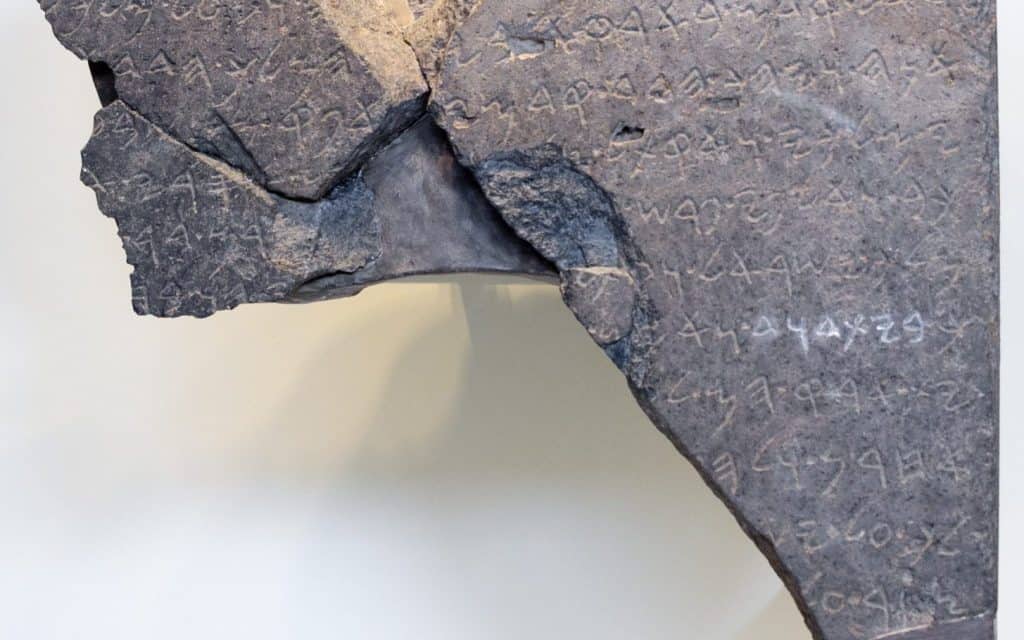
Contemporary Significance:
So the discovery of the Siloam Inscription continues to captivate scholars, historians, and visitors alike. Its existence reaffirms the importance of preserving archaeological treasures that provide us with windows into the past and illuminate the intricate tapestry of human civilization.
Old City Jerusalem Tour
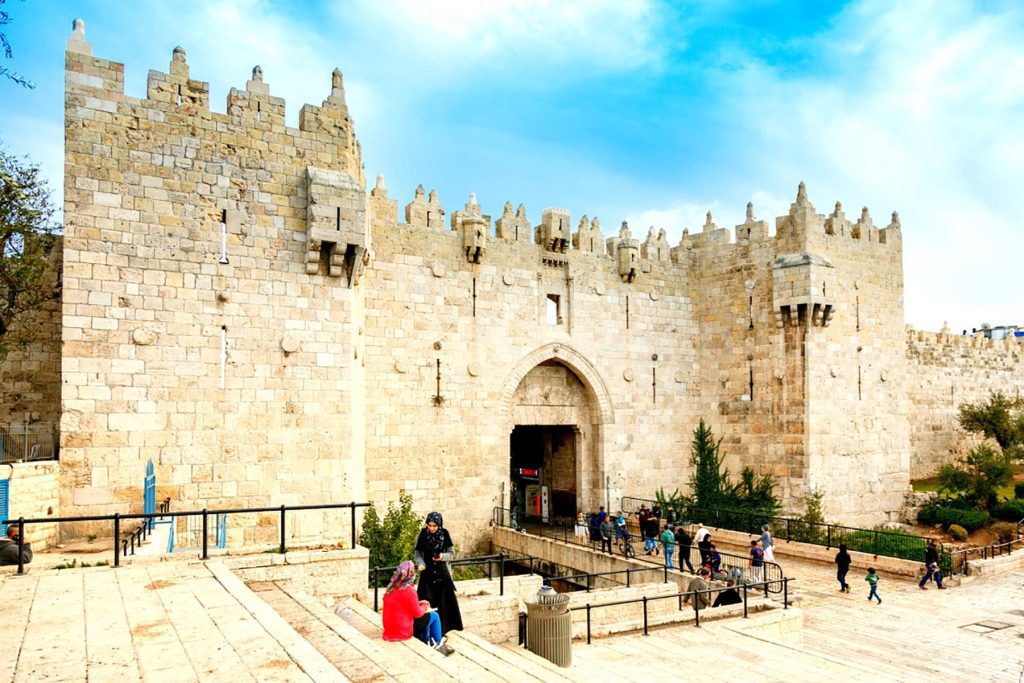
Departure with New Insights:
So, leaving the realm of the Siloam Inscription, you carry a piece of history—an intimate connection to the laborers, the engineers, and the people who made their mark on Jerusalem’s landscape. The inscription is more than just words; it’s a living testimony to the determination of humanity to conquer challenges and shape the world around us.
Lastly, the Siloam Inscription is a testament to the enduring power of written words etched in stone, a glimpse into a distant moment that resonates with us today. It’s an invitation to explore the stories the past has left behind and a reminder that history’s echoes continue reverberating beneath the layers of time.

